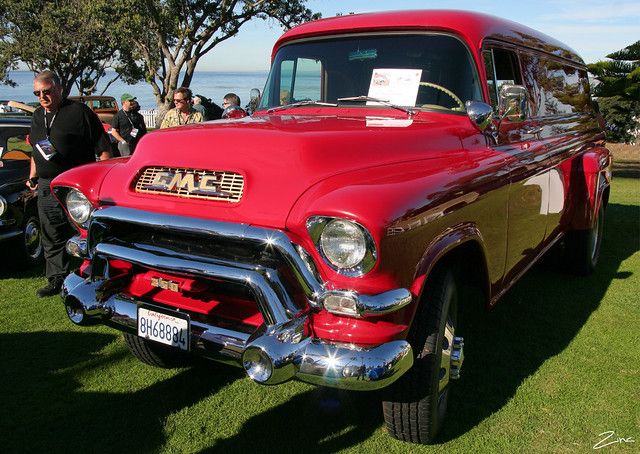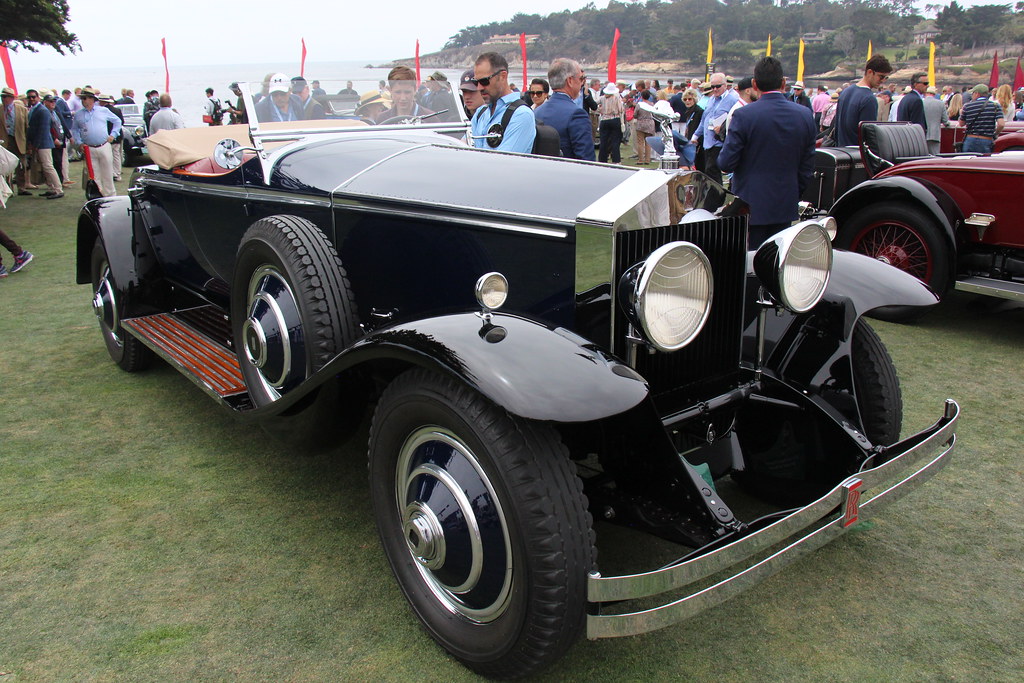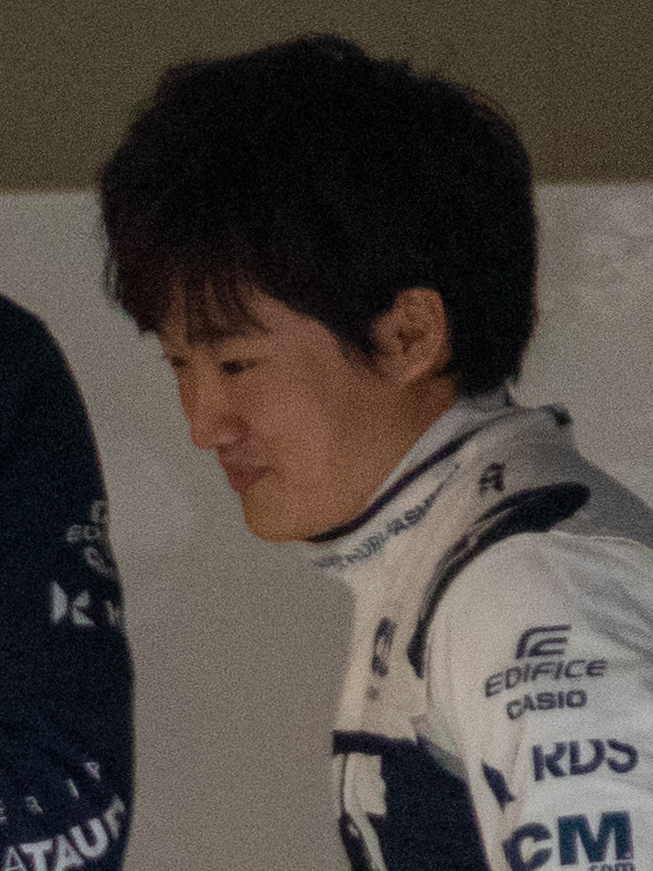
Get ready, motorsport fanatics, because history is about to roar back to life on one of F1’s most iconic circuits! The upcoming F1 MEXICAN GRAND PRIX on October 26 is set to deliver an electrifying blast from the past, celebrating a monumental milestone for one of motorsport’s true giants. This isn’t just another race weekend; it’s a profound journey back to where it all began, as Honda commemorates its 60th anniversary of its first glorious victory in the FIA Formula One World Championship!
Imagine the thrill, the spectacle, the sheer passion of it all: Oracle Red Bull Racing’s own dynamic driver, Yuki Tsunoda, is slated to pilot the legendary Honda RA272 – the very car that etched Honda’s name into the F1 history books. This isn’t merely an exhibition; it’s a vibrant, living testament to Honda’s relentless spirit of challenge and innovation, a breathtaking connection between past and present. To witness a modern F1 talent guide this classic machine around the Autódromo Hermanos Rodríguez, the hallowed ground where that first triumph occurred, is going to be an unforgettable spectacle for fans worldwide.
This meticulously planned showrun is far more than a celebration of past glory; it’s a powerful statement about Honda’s enduring philosophy. From its founding, Honda has viewed racing as the ultimate proving ground, a crucible to hone its people and technology to perfection. The RA272’s triumphant return, with Tsunoda at the wheel, perfectly encapsulates this unwavering commitment, promising to deliver dreams, excitement, and a surge of pure adrenaline not just to seasoned motorsports aficionados, but to a new generation of Honda fans across the globe.
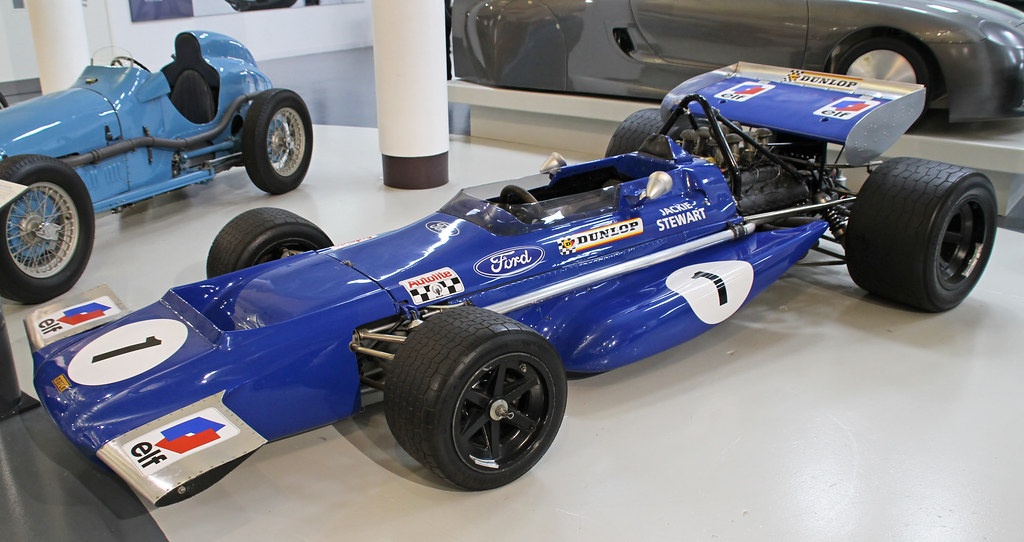
1. **Yuki Tsunoda’s Historic Ride**Prepare for a truly special moment as Yuki Tsunoda, the spirited Oracle Red Bull Racing driver, takes the wheel of the iconic Honda RA272. While he’s previously driven it at events like the Goodwood Festival of Speed, this occasion holds unparalleled significance: it will be his first time running the car during an official Grand Prix weekend, on the precise circuit where Honda first tasted F1 victory.
Tsunoda, a current Red Bull Racing driver and formerly a Honda junior driver, is perfectly poised to bridge the gap between Honda’s storied past and its vibrant present. His selection to pilot this historic vehicle underscores the deep, synergistic connection between Honda’s legacy and its commitment to nurturing top-tier talent. It’s a symbolic passing of the torch, from Richie Ginther’s pioneering spirit to Tsunoda’s modern-day prowess.
The RA272’s 1.5-liter V-12 engine is vastly different from modern V-6 hybrid engines, meaning this showrun isn’t about gaining direct performance insights for his races. Instead, it’s about honoring heritage, inspiring fans, and experiencing firsthand the raw power that pioneered Japanese motorsports history. The stark contrast highlights the incredible evolution of F1 technology.
Jerry Perez, an on-site journalist and Mexico City native, keenly expresses his anticipation. He wonders if Tsunoda-san will be “a little more, uh, adventurous on one of the longest straightaways on the F1 calendar,” yearning to hear “what the V12 sounds like at full tilt, or at least pretty close to it.” This captures the palpable excitement surrounding Tsunoda’s opportunity to unleash the RA272’s legendary roar.

2. **60 Years of Honda F1 Glory**This year, Honda isn’t just putting on a showrun; it’s celebrating a remarkable diamond anniversary – 60 years since its inaugural victory in the FIA Formula One World Championship. On October 24, 1965, at the F1 MEXICAN GRAND PRIX, Honda achieved something truly extraordinary: victory in the world’s pinnacle motorsports category for the very first time as a Japanese automaker. This was a watershed moment, heralding Japan’s formidable entry onto the global motorsport stage.
The commemorative activities around the F1 MEXICAN GRAND PRIX are a testament to this milestone’s magnitude. The RA272 showrun is the undeniable centerpiece, a direct and thrilling callback to that glorious day six decades ago. It serves as a powerful reminder of Honda’s courage, ambition, and groundbreaking engineering as they ventured into F1 as a full constructor in just their second year, developing both their own car and engine against established European giants.
This 60th anniversary isn’t just about looking back; it’s intrinsically about connecting the past to the future. Honda is running a special program reflecting on these “60 years of challenges and victories,” including other captivating showruns. We’ll see the Williams Honda FW11 at the 2025 Goodwood Festival of Speed in July and Monterey Car Week in August. These events collectively underscore Honda’s deep, unwavering connection to racing and its pivotal role in shaping automotive history.
Honda’s F1 journey is one of relentless pursuit, marked by distinct periods of fierce competition and innovation. From the raw power of the 1960s to the dominant turbo era of the 1980s and championship-winning partnerships of recent years, this 60-year span is packed with defining moments. It showcases a legacy built on an unyielding commitment to pushing the boundaries of engineering and performance.
Read more about: Luxury’s Reckoning: 15 Brands Battling Inventory Crises and the Specter of Failure

3. **The RA272: A Pioneer’s Profile**At the absolute heart of this historic celebration lies the Honda RA272, a car that is far more than just metal and rubber; it’s a living legend, a mechanical masterpiece that defied expectations. This was Honda’s F1 car in its groundbreaking second year as a full constructor, a bold, audacious statement of intent. The fact that Honda developed and manufactured its own car and engine, tackling F1 with an “all-Honda package,” speaks volumes about their vision and engineering prowess from the outset.
What truly made the RA272 a marvel of its time was its sensational engine: a compact yet utterly devastating 1.5-liter V12 powerhouse that, astonishingly, revved to an ear-splitting 13,000 rpm. As automotive enthusiast Jerry Perez notes with palpable excitement, “yeah, you read that right.” This wasn’t just impressive; it was groundbreaking, pushing the very limits of automotive engineering. It screamed speed, innovation, and a fearless, uncompromised approach to mechanical design.
Visually, the RA272 was equally distinctive, proudly carrying the vibrant Japanese flag on its pristine white livery. This wasn’t just paint; it was a potent symbol, marking the definitive beginning of Japan’s motorsport history and announcing Honda’s arrival on the world stage. The car became an emblem of national pride and technological ambition, inspiring a generation of engineers and setting an extraordinary precedent for future Japanese success in international racing.
To prepare this irreplaceable machine for its triumphant return, Honda Racing Corporation engineers performed special, meticulous maintenance on the RA272, carefully housed at the prestigious Honda Collection Hall. This painstaking care ensures that when Yuki Tsunoda takes the wheel, the RA272 will once again demonstrate the incredible engineering that made it a champion. Fans can experience a vivid, roaring piece of pure, unadulterated F1 history.
The RA272’s enduring allure lies not only in its victory but in its technological audacity. Its transversely mounted V12 engine was an engineering marvel, designed for compactness and optimal weight distribution, pushing boundaries that continue to inspire. It was a testament to Honda’s philosophy of constant challenge, proving that unconventional approaches could lead to revolutionary results on the world’s toughest circuits.

4. **Richie Ginther’s Defining Moment**The name Richie Ginther is inextricably linked with Honda’s inaugural F1 victory, a moment that forever cemented his place in motorsport lore. It was on October 24, 1965, at the Mexican Grand Prix, that this American racing driver masterfully piloted the RA272 to Honda’s first-ever win. This triumph wasn’t just a personal victory; it was a monumental achievement for Honda, solidifying their commitment to Formula 1 in only their sophomore year in the series.
Ginther’s drive was an absolute masterclass, a testament to both his exceptional skill and the burgeoning potential of the RA272. Against the formidable backdrop of seasoned European competitors, his victory was a powerful declaration that Honda, a relatively young automaker, was a serious, game-changing contender. He didn’t just win a race; he validated Honda’s entire F1 endeavor, proving that their unique “all-Honda package” could stand proudly at the pinnacle of motorsport.
The significance of Ginther’s achievement extends far beyond the race itself; it was a pivotal catalyst that reinforced Honda’s deep involvement in motorsport and paved the way for decades of future success. His triumph proved conclusively that Honda’s audacious vision of viewing racing as a place to hone its people and technology was not just an aspirational dream but a tangible reality, directly impacting the company’s trajectory for engineering excellence.
As Yuki Tsunoda prepares to drive the RA272 at the very location where Ginther made history, the echoes of that defining moment will surely resonate through the Autódromo Hermanos Rodríguez. It’s a powerful reminder of the irreplaceable human element in racing – the courage, the precision skill, and the pioneering spirit that combine with cutting-edge technology to forge legendary victories and unforgettable narratives.
Ginther’s quiet determination and mechanical sympathy were crucial in harnessing the RA272’s potent V12. His ability to extract maximum performance while preserving the delicate balance of a new car played a significant role in bringing home that first victory. It highlighted that beyond brute force, a driver’s nuanced connection with the machine is often the secret ingredient to championship glory, a lesson still relevant in F1 today.

5. **Honda’s Racing-to-Road Philosophy**From its earliest days, Honda has championed an unparalleled philosophy that sees motorsport not merely as a competitive arena, but as a critical “proving ground for technologies that eventually find their way into your everyday car.” This deep-seated belief, famously known as the “racing-to-road” philosophy, is an absolute cornerstone of Honda’s identity, directly impacting everything from its championship-winning F1 cars to the reliable vehicles worldwide. The RA272’s sensational success at the 1965 Mexican Grand Prix was a direct, resounding validation of this very principle.
The extreme, unforgiving demands of Formula 1 – the relentless pursuit of ultimate speed, bulletproof reliability, and peak efficiency under immense pressure – compel engineers to solve complex problems far exceeding standard road car requirements. These ingenious solutions, often born from the crucible of F1 competition, are then meticulously refined and adapted for consumer vehicles. This continuous, dynamic cycle of innovation is what truly sets Honda apart, demonstrating an unwavering dedication to leveraging racing for technological leaps that benefit every driver.
The RA272 itself perfectly embodied this revolutionary approach. Its intensive development fostered a pervasive “culture of precision engineering and relentless testing” that permeated Honda’s entire organization. This culture, honed on the track, influenced the design and manufacturing processes for all of Honda’s diverse products, from high-performance motorcycles to fuel-efficient passenger cars. The unwavering emphasis on lightweight materials, aerodynamic efficiency, and advanced engine management systems – all crucial for F1 success – found their way into Honda’s production vehicles.
This philosophy is more vital and relevant than ever in the modern era. The ongoing, global push for electric vehicles, sophisticated advanced driver-assistance systems (ADAS), and truly sustainable materials all draw immense, tangible benefit from the intense research and development conducted in motorsport. Honda’s unwavering commitment to F1, rooted deeply in the legacy of the RA272, ensures a continuous stream of innovation flowing directly from the cutting-edge track environments straight to the pavement.
As Dr. Kenji Yamauchi, a leading automotive engineer, notes, the current F1 push for sustainable fuels and hybrid technology aligns perfectly with Honda’s vision. These F1-driven advancements will “accelerate the development and deployment of these fuels, not just in motorsport, but also in the broader automotive industry,” directly impacting the cars of tomorrow. Honda’s participation is a living blueprint for future automotive innovation.
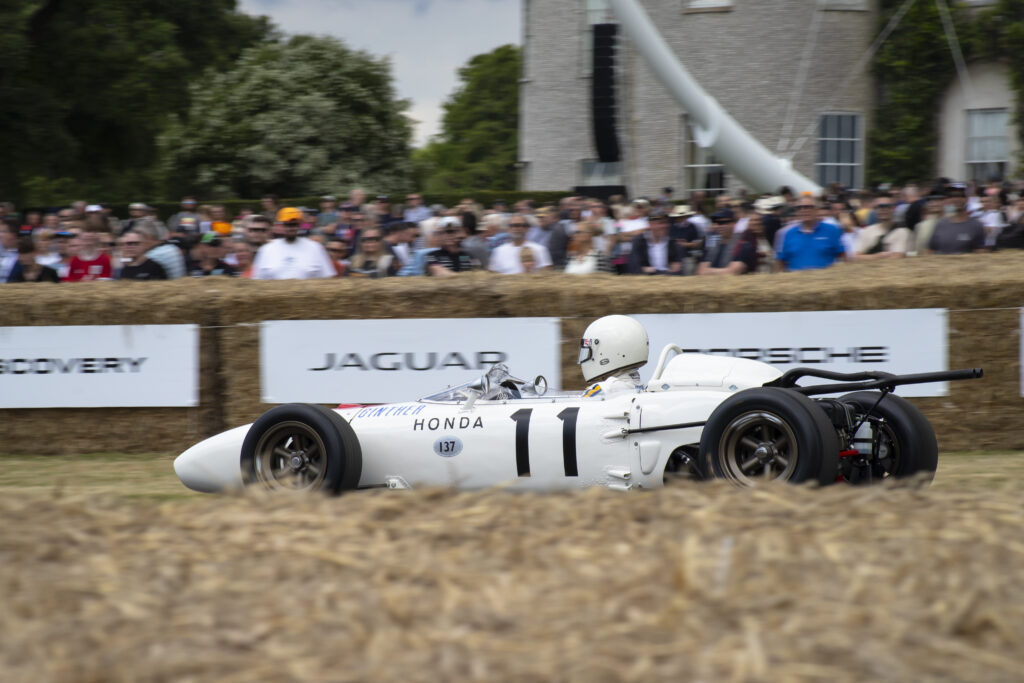
6. **Tsunoda’s Personal Connection**For Yuki Tsunoda, driving the RA272 at the iconic Autódromo Hermanos Rodríguez is far more than a professional duty; it’s a profoundly personal and deeply emotional experience. He eloquently states, “It is an honor to drive the RA272 at the special place where Honda achieved its first F1 victory.” This sentiment captures the deep respect, profound appreciation, and genuine humility he holds for the history he is about to embody.
He further expresses the immense weight and significance of the moment, describing it as “a particularly special and deeply moving experience” to drive ‘on the track where the RA272 pioneered Japanese motorsports history 60 years ago.’ As a proud Japanese F1 driver, Tsunoda represents the culmination of that very history, making his presence behind the wheel of this foundational car incredibly symbolic. It’s a palpable, emotional connection across generations of Japanese motorsport.
Tsunoda’s desire for this showrun is clear and heartfelt: “With Honda’s history of challenges in my heart, I want to give fans a drive that conveys dreams and passion.” This isn’t just a skilled driver performing a task; it’s an athlete channeling the very spirit of a legendary brand, aiming to inspire, motivate, and deeply connect with the immense passion of the global F1 fanbase. His words resonate profoundly with the core values Honda itself consistently upholds: relentlessly challenging limits and delivering excitement.
This profound emotional investment from a current F1 star adds yet another captivating layer of excitement and authenticity to the showrun. It transforms what could be a mere demonstration into a heartfelt tribute, a genuine, personal celebration from a driver who unequivocally understands the profound, historical significance of the moment. Fans will undoubtedly feel the sincerity and passion in his every move and every roar of the engine.
His participation also highlights Honda’s continued nurturing of Japanese talent. From Ginther’s groundbreaking victory to Tsunoda’s present-day F1 career, there’s a clear thread of commitment to Japanese representation and achievement at the pinnacle of motorsport. This continuity is a source of immense pride and aspiration for both the brand and its legion of Japanese supporters, seeing one of their own honoring such a pivotal piece of their racing heritage.
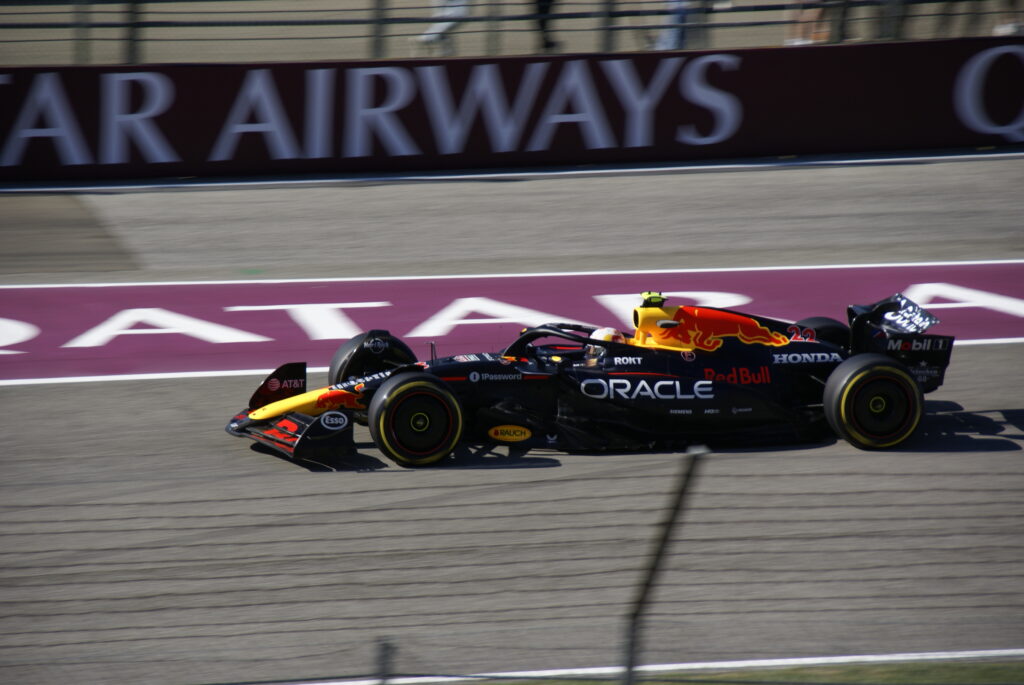
7. **HRC’s Vision for the Future**The President of Honda Racing Corporation (HRC), Koji Watanabe, echoes the immense pride, strategic foresight, and boundless enthusiasm embedded in this historic event. He articulates the “tremendous pleasure that the RA272 will drive again in Mexico, at the same place Honda achieved its first victory, 60 years ago in 1965.” This statement highlights the profound emotional and historical weight of the showrun from Honda’s highest organizational perspective.
Watanabe goes on to emphasize the unique significance of having Yuki Tsunoda, “a driver representing Japan in F1,” pilot this historic car. This choice is far from accidental; it’s a deliberate, strategic connection between Honda’s pioneering past and its vibrant, highly competitive present in the world of Formula 1. It signifies continuity, immense national pride, and the ongoing, robust development of Japanese talent within the sport.
Crucially, Watanabe frames the entire event as “a precious opportunity to reflect on Honda’s history of challenge while sharing dreams and hopes for the future with our fans.” This encapsulates Honda’s deeply forward-thinking approach, even as it celebrates its most cherished heritage. The past, in Honda’s view, is not just to be admired, but to serve as a powerful, dynamic inspiration for future endeavors, particularly as Honda vigorously advances its power unit development for its upcoming F1 entry starting in 2026.
This strategic vision powerfully reaffirms Honda’s unwavering commitment to viewing racing as a continuous, relentless process of honing “its people and technology through these challenges, delivering dreams and excitement to motorsports and Honda fans worldwide.” The RA272 showrun, therefore, is not an endpoint, nor a mere nostalgic glance backward. Instead, it is a powerful waypoint on Honda’s ongoing, thrilling journey of innovation, reminding everyone that the indomitable spirit of ’65 continues to fuel their boundless ambitions for tomorrow.
It represents Honda’s long-term investment in F1, not just for branding, but as a core pillar of its R&D. With the 2026 regulations focusing on sustainable fuels, HRC’s role in developing these advanced power units will be pivotal, ensuring Honda remains at the forefront of automotive innovation for decades to come. This event is a clear signal of their intent to lead, not just compete, in the evolving world of high-performance mobility.

8. **Honda’s Pioneering Constructor Years (1964-1968)**Following the groundbreaking first victory, Honda’s initial foray into Formula 1 as a full constructor was a period defined by audacious ambition and relentless innovation. From 1964 to 1968, Honda proudly competed with an ‘all-Honda package,’ meticulously developing both their own engine and chassis. This bold commitment was a clear declaration of their engineering prowess and an unwavering belief in their ability to compete at the sport’s pinnacle right from the start.
The RA272, which famously delivered that inaugural win, was not just a marvel of engineering for its time; it was a potent symbol. Carrying the vibrant Japanese flag on its pristine white livery, the car heralded the definitive beginning of Japan’s motorsport history, showcasing a nation’s technological ambition on the global stage. This period laid the fundamental groundwork for Honda’s enduring legacy in F1, establishing a culture of challenging norms and pushing boundaries.
Their success, particularly the victory in Mexico, validated Honda’s unique approach and proved that an Asian manufacturer could not only compete but triumph against established European giants. This era solidified Honda’s “racing-to-road” philosophy, as the extreme demands of F1 acted as a vital crucible for honing their people and technology. The lessons learned from these early challenges directly influenced the design and manufacturing processes for all of Honda’s diverse product lines.
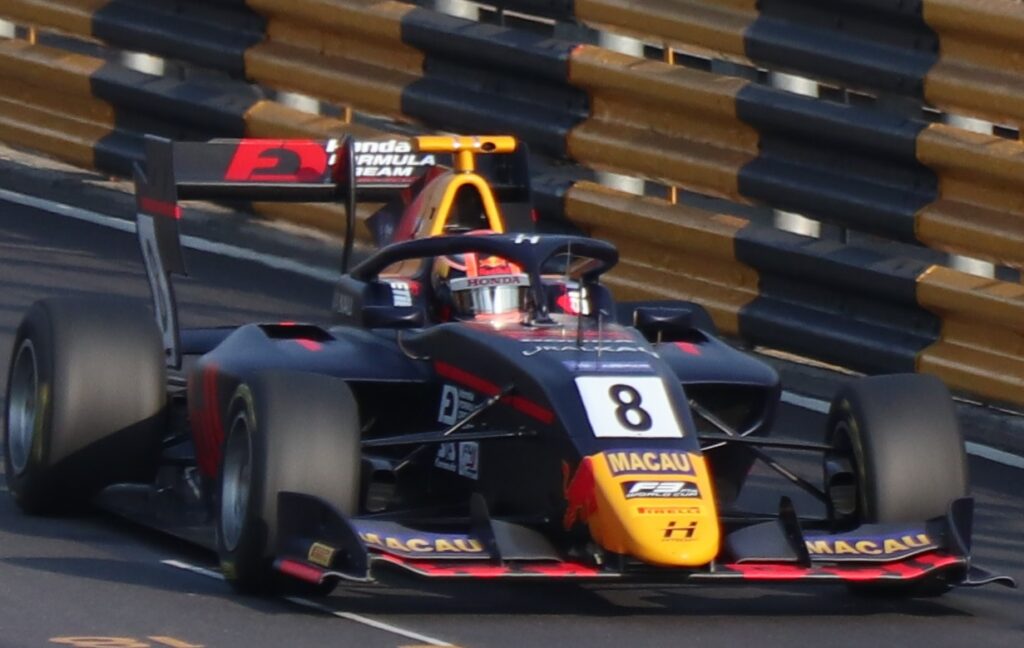
9. **The Era of Engine Supplier Dominance (1983-1992)**After their initial stint as a constructor, Honda re-entered Formula 1 in 1983 as an engine supplier, embarking on one of the most dominant periods in motorsport history. This strategic shift saw them partner with top teams, leading to an unprecedented string of victories and championships. Their engines became synonymous with power, reliability, and championship success, fueling some of F1’s most iconic machines.
This era began with a formidable partnership with Williams, culminating in a Constructors’ Championship win in 1986, followed by both the Drivers’ and Constructors’ Championships in 1987. These victories firmly re-established Honda’s reputation as a powerhouse in F1, demonstrating their unparalleled capability to design and produce winning engines. Their commitment to excellence was undeniably evident on tracks worldwide.
The legend truly solidified with the McLaren Honda partnership, which achieved a historic four consecutive Drivers’ and Constructors’ Championships from 1988 to 1991. This period is often cited as one of the most dominant in F1 history, with drivers like Ayrton Senna and Alain Prost piloting Honda-powered machines to incredible feats. The sheer performance and reliability of these engines set new benchmarks for F1 power units.
Honda’s decade as an engine supplier during this time was not just about winning races; it was about defining an era. The intensity of this competition further refined their engineering processes, leading to advancements in engine management, materials science, and overall performance. These innovations, once again, underscored the core “racing-to-road” philosophy, ultimately benefiting Honda’s consumer vehicles with superior engine technology.
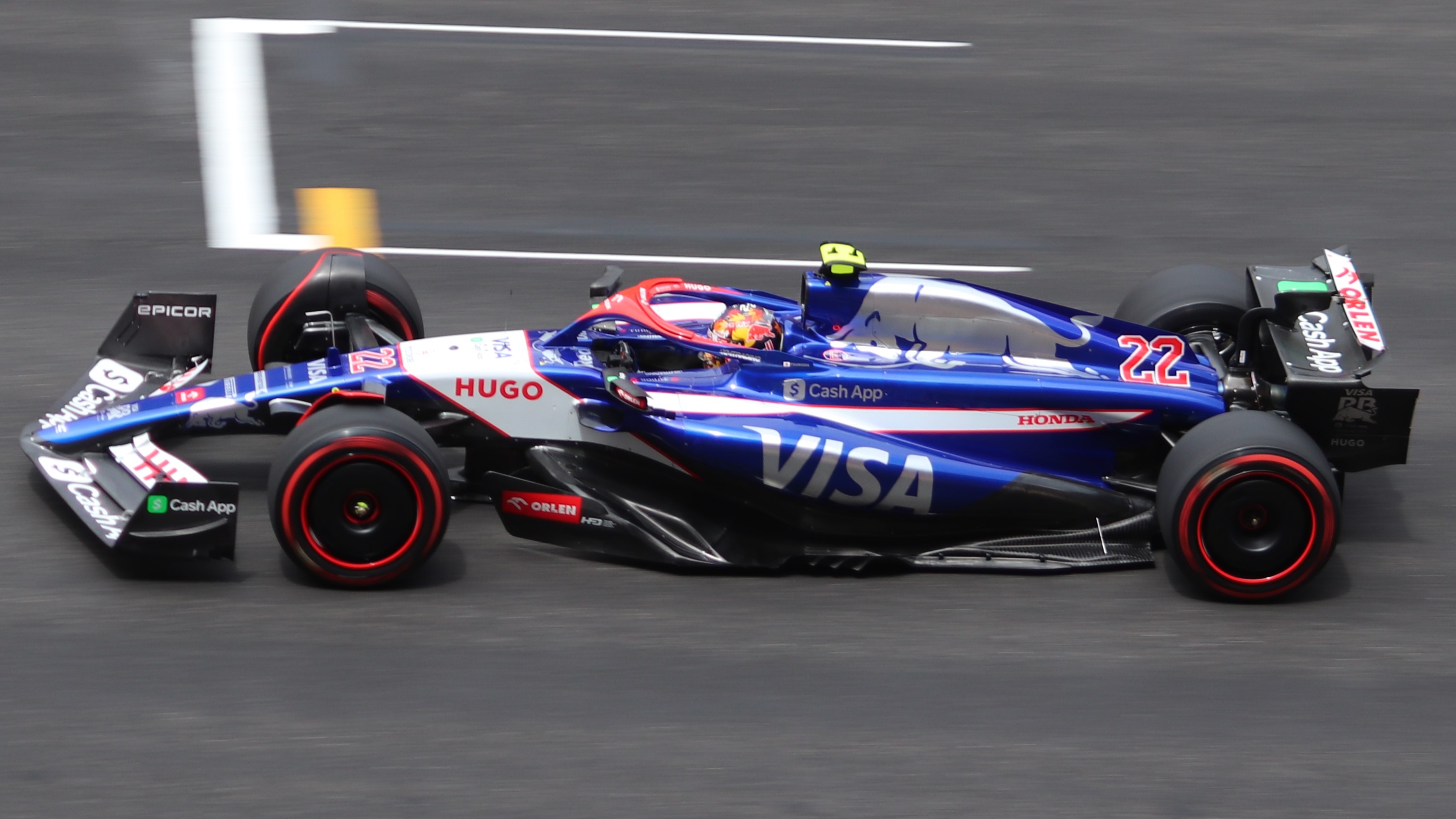
10. **Navigating New Challenges: BAR Honda and Subsequent Partnerships (2000-2017)**As Formula 1 evolved, so did Honda’s approach to its involvement, entering new phases that brought different challenges and learning opportunities. From 2000 to 2005, Honda partnered with BAR Honda, contributing as an engine supplier and engaging in joint chassis development. This collaboration allowed for deeper integration and shared learning, moving beyond a sole engine focus to a more holistic understanding of car performance.
Following this, Honda briefly returned as a full constructor from 2006 to 2008, once again deploying an ‘all-Honda package,’ including both engine and chassis. This period demonstrated their continued commitment to self-sufficiency and pushing the boundaries of what a single manufacturer could achieve in the complex world of F1. While not yielding the same level of dominance as previous eras, it was a vital chapter in their ongoing pursuit of excellence.
Another significant phase saw Honda participate as a power unit supplier to McLaren Racing from 2015 to 2017. These stints, while at times challenging, underscored Honda’s resilience and adaptability. Each partnership, each period of competition, provided invaluable insights and further honed Honda’s engineering capabilities, preparing them for future successes and reaffirming the continuous learning cycle inherent in their motorsport philosophy.
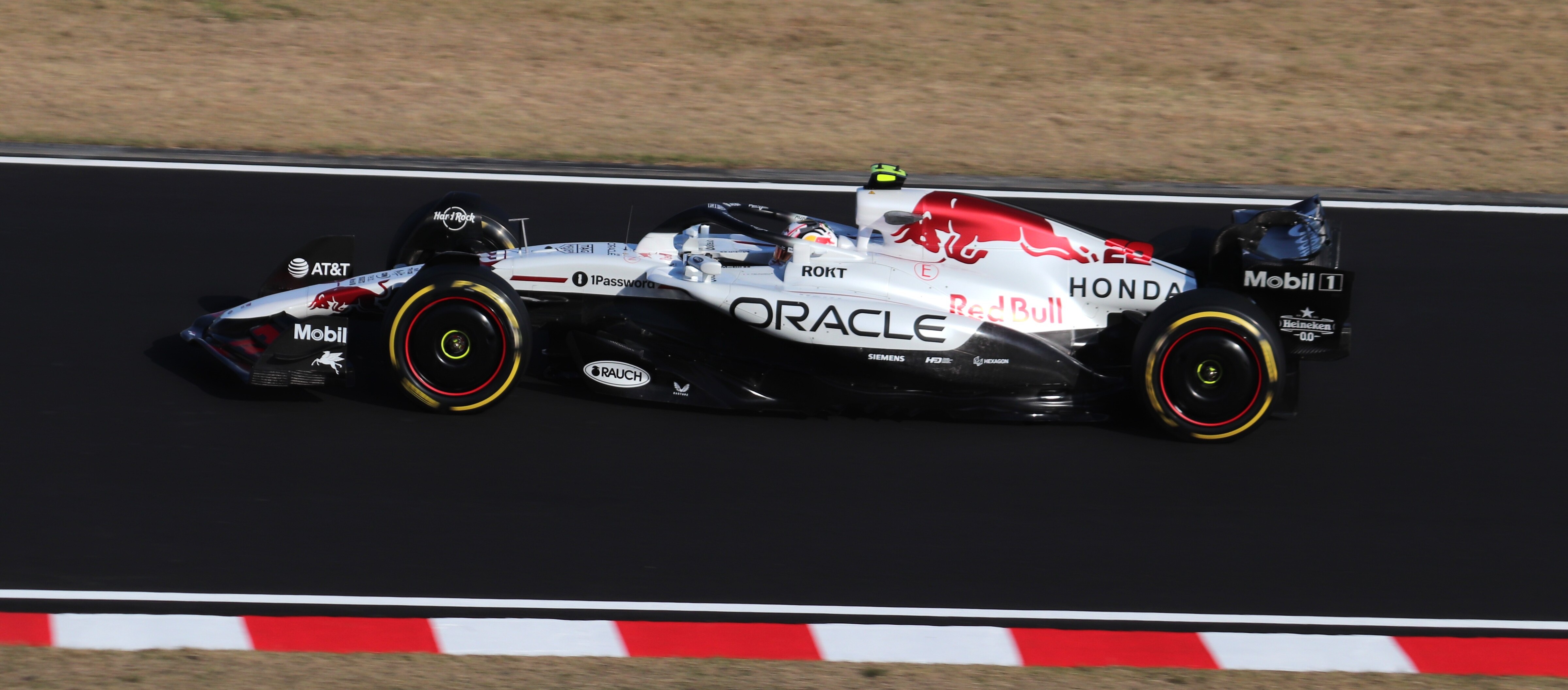
11. **The Red Bull Racing Dominance and HRC’s Pivotal Role (2018-2024)**The most recent chapter of Honda’s Formula 1 journey has been marked by a stunning resurgence of dominance, particularly through its partnership with Red Bull Racing. Beginning with supplying power units to Scuderia Toro Rosso in 2018, the collaboration quickly expanded to Red Bull Racing in 2019, setting the stage for an extraordinary run of championships that captivated fans worldwide.
This partnership proved incredibly fruitful, powering Max Verstappen to an incredible Drivers’ Championship in 2021. Despite Honda formally ending its direct F1 participation at the close of 2021, their indelible mark on the sport continued. The spirit of challenge and innovation persisted through Honda Racing Corporation (HRC), which began providing crucial technical support for Red Bull Powertrains from 2022.
Under this technical assistance, Red Bull Racing and Max Verstappen continued their triumphant streak, securing second, third, and even a fourth consecutive Drivers’ Championship in 2022, 2023, and 2024, respectively. Red Bull Racing also clinched the Constructors’ Championship in both 2022 and 2023. This remarkable period showcases the enduring strength of Honda’s engineering and the powerful impact of their technical expertise, even in an evolving operational framework.
The continuity of success, even after a formal withdrawal, speaks volumes about the depth of Honda’s F1 legacy and the profound capabilities of HRC. It reinforces the idea that Honda’s commitment to motorsport is deeply ingrained, extending beyond direct factory team involvement to strategic partnerships that continue to deliver dreams and excitement, while honing their technology and people through these relentless challenges.

12. **The Strategic 2026 F1 Return: A Vision for Sustainable Innovation**Looking ahead, Honda has boldly announced its return to Formula 1 as a power unit supplier starting in 2026. This isn’t merely a re-entry; it’s a strategically timed move that aligns perfectly with a pivotal shift in the automotive landscape and F1’s new regulations, which emphasize sustainable fuels and hybrid technology. It positions Honda at the forefront of the industry’s push towards a carbon-neutral future.
As it advances power unit development for this upcoming F1 entry, Honda will continue to view racing as an ultimate proving ground. This sustained commitment ensures they will ‘hone its people and technology through these challenges, delivering dreams and excitement to motorsports and Honda fans worldwide.’ This relentless pursuit of excellence is a hallmark of Honda’s foundational philosophy, driving both their sporting and commercial endeavors.
Dr. Kenji Yamauchi, a leading automotive engineer, offers compelling insight, noting that ‘The 2026 F1 regulations are a forcing function for innovation in sustainable fuel technology.’ He further asserts that ‘Honda’s involvement will accelerate the development and deployment of these fuels, not just in motorsport, but also in the broader automotive industry.’ This direct impact on the cars of tomorrow highlights the profound relevance of their F1 participation.
Furthermore, the context indicates that following their collaboration with Red Bull, Honda ‘will still remain involved in Formula 1, supporting Aston Martin as their factory partner.’ While the specific timing of this partnership’s full scope relative to the 2026 rules is nuanced, it clearly signals Honda’s long-term commitment to F1 and its continued role in supporting top-tier teams with cutting-edge technology. This sustained presence ensures a continuous flow of innovation, directly influencing future road car development.
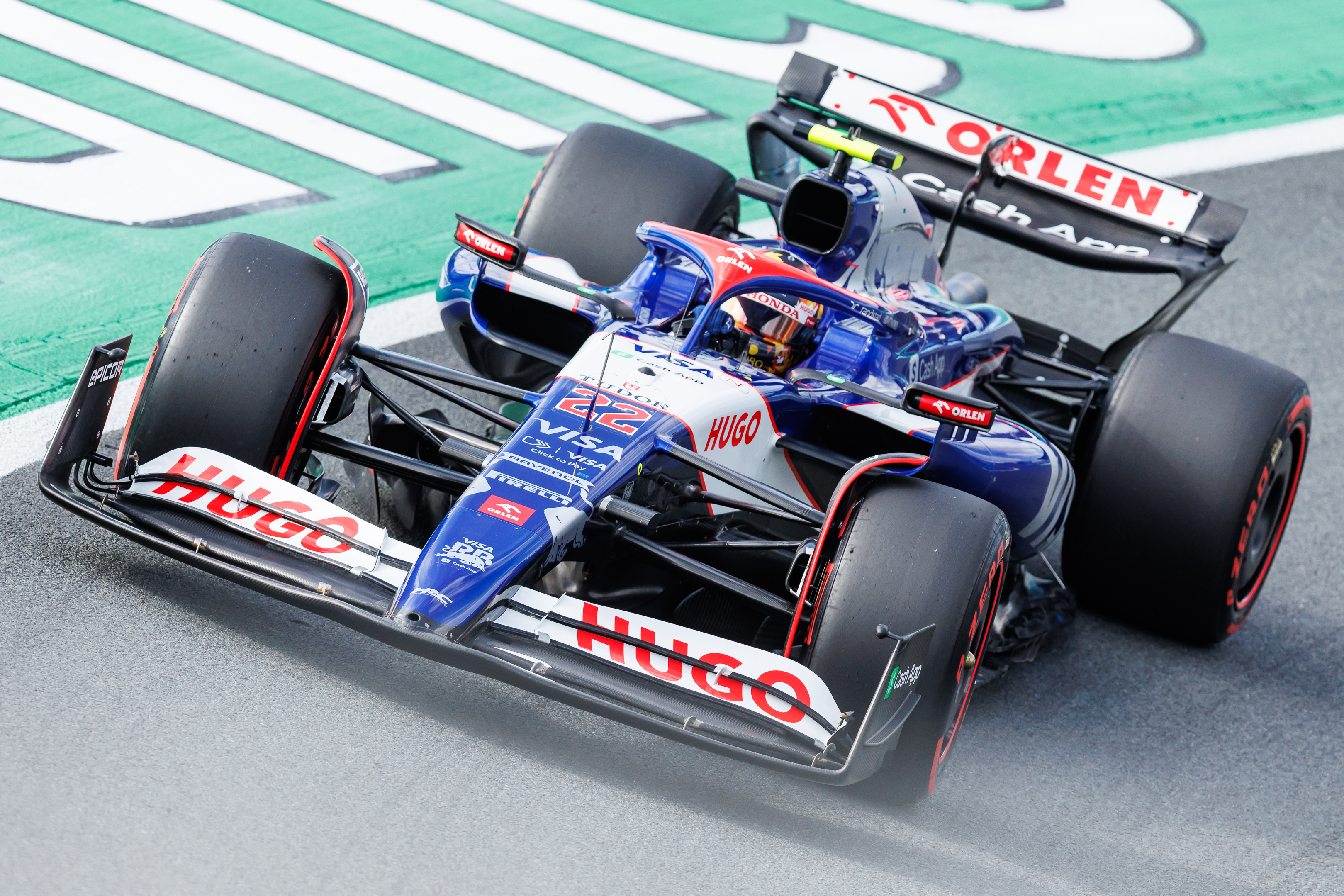
13. **F1 Technology: A Blueprint for Consumer Automotive Innovation**Honda’s enduring involvement in Formula 1, from the pioneering RA272 to its forthcoming 2026 return, consistently reaffirms a core truth: F1 is a relentless proving ground for technologies that inevitably find their way into everyday vehicles. The extreme demands of the sport, pushing for ultimate speed, bulletproof reliability, and peak efficiency, compel engineers to devise solutions far exceeding standard road car requirements.
These ingenious solutions, forged in the crucible of F1 competition, are then meticulously refined and adapted for consumer vehicles. This continuous, dynamic cycle of innovation is what truly sets Honda apart. It demonstrates an unwavering dedication to leveraging racing for tangible technological leaps that directly benefit every driver, making cars more responsive, efficient, and enjoyable.
The RA272 itself perfectly embodied this revolutionary approach. Its intensive development fostered a pervasive ‘culture of precision engineering and relentless testing’ that permeated Honda’s entire organization. This culture, honed on the track, influenced the design and manufacturing processes for all of Honda’s diverse products. The unwavering emphasis on lightweight materials, aerodynamic efficiency, and advanced engine management systems, all crucial for F1 success, seamlessly found their way into Honda’s production vehicles.
Today, this ‘racing-to-road’ philosophy is more vital than ever. The global push for electric vehicles, sophisticated advanced driver-assistance systems (ADAS), and truly sustainable materials all draw immense, tangible benefit from the intense research and development conducted in motorsport. According to a recent report by McKinsey, technologies developed for Formula E are projected to contribute significantly to the advancement of EV battery technology and energy management systems within the next five years, showcasing this powerful link between racing and future mobility.
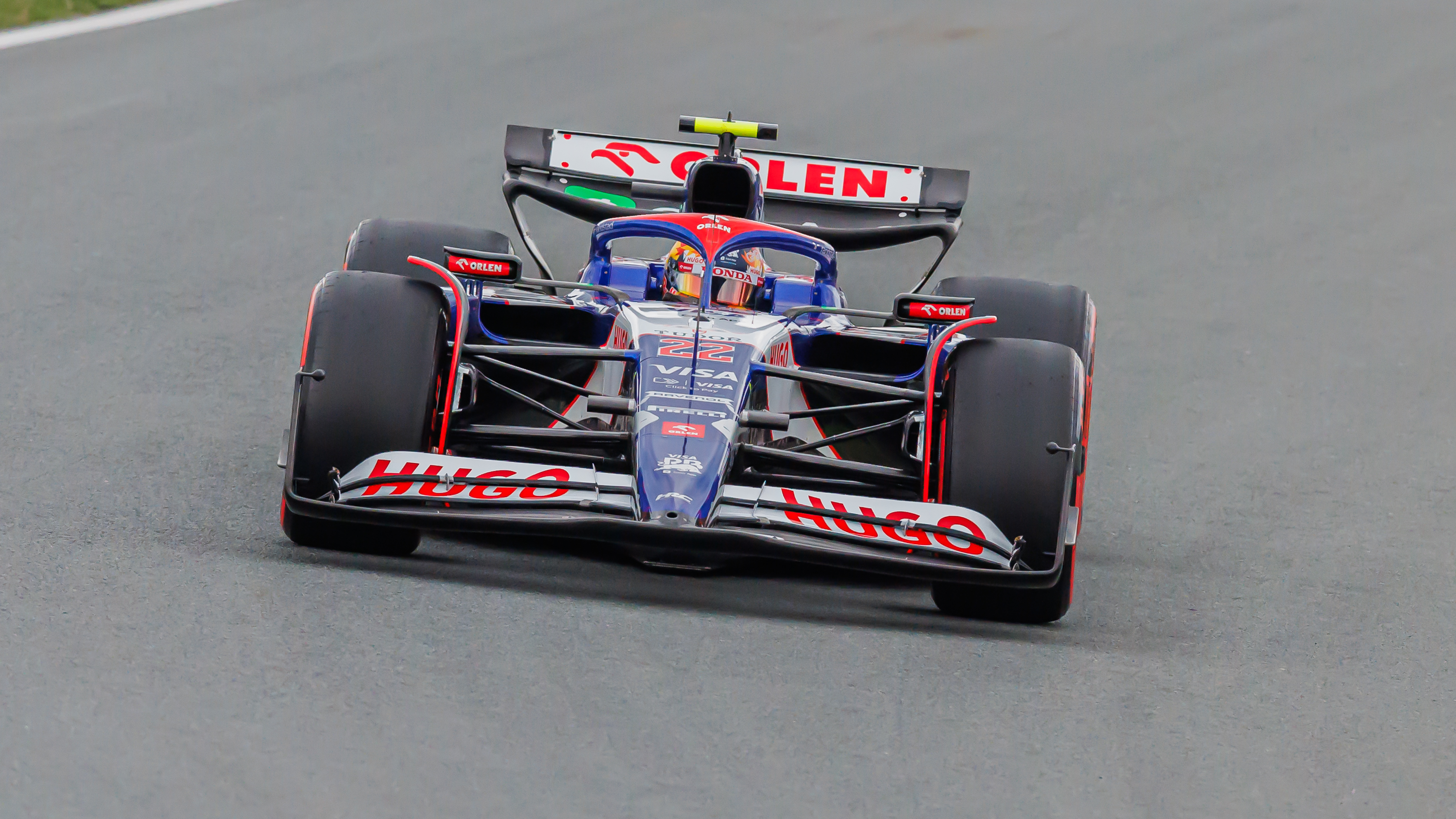
14. **The Future: Data, Sustainability, and the Everyday Driver**The modern F1 car is not just a high-performance machine; it’s a sophisticated, rolling laboratory, generating a staggering amount of data with every lap. This wealth of information, which can exceed 1 terabyte during a single race weekend – equivalent to streaming over 250 hours of high-definition video – is meticulously analyzed by Honda’s engineers. This data-driven approach is key to optimizing power unit performance, refining aerodynamic designs, and enhancing vehicle dynamics, with benefits extending far beyond the racetrack.
The advanced data analytics techniques developed for F1 have profound implications for the design and development of road cars. By applying these methodologies, engineers can create vehicles that are more responsive, more efficient, and exquisitely tailored to individual driver preferences. This translates directly into ‘Enhanced Performance’ for consumers, where aerodynamic advancements and lightweight materials lead to more engaging driving experiences.
Moreover, the relentless pursuit of sustainability in F1, especially with the 2026 regulations focusing on sustainable fuels, will drive innovation in new materials and manufacturing processes. This includes the adoption of ‘Sustainable Materials’ in automotive manufacturing, reducing the environmental footprint of vehicles. Technologies developed for F1 power units will also lead to ‘More Efficient Vehicles’ for Honda’s road cars, translating into improved fuel economy and reduced emissions.
Read more about: The Quiet Revolution: How Meditation Apps Are Reshaping American Wellness in an Anxious World
Ultimately, Honda’s continued commitment to motorsport, deeply rooted in the legacy of the RA272, acts as a powerful catalyst for automotive innovation. The upcoming 2025 showruns of the Williams Honda FW11 further reinforce this dedication, celebrating heritage while inspiring the next generation. The lessons learned on the track will continue to shape the vehicles we drive, making them not just faster and more efficient, but fundamentally safer and more enjoyable, fulfilling Honda’s promise of delivering dreams and excitement far beyond the circuit.


